ASTANA – High school textbooks may frame evolution as a thing of the past, but it is very much alive, said Dr. Arkhat Abzhanov, a Reader in Evolution and Developmental Genetics at Imperial College London and researcher at the Natural History Museum in London.
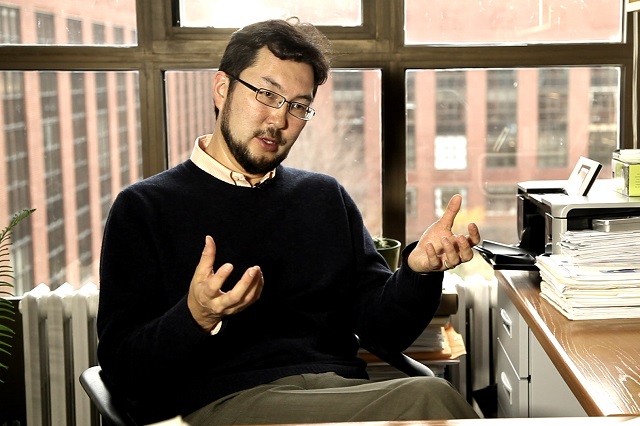
Arkhat Abzhanov. Photo credit: serious-science.org
“Nothing in biology makes sense except in the light of evolution,” Abzhanov told The Astana Times, quoting a famous line from Theodosius Dobzhansky, one of the fathers of modern genetics.
Evolution in real time
Abzhanov explained that Charles Darwin’s contribution was not the idea of evolution itself, but the mechanism to explain it, including natural selection, the survival of the fittest, and adaptation.
He mentioned Princeton University biologists Peter and Rosemary Grant, who have spent several months every year for more than 40 years visiting the Galápagos Islands in the eastern Pacific to track Darwin’s finches there. They observed in real time how the birds’ beaks have been changing depending on the climate conditions.
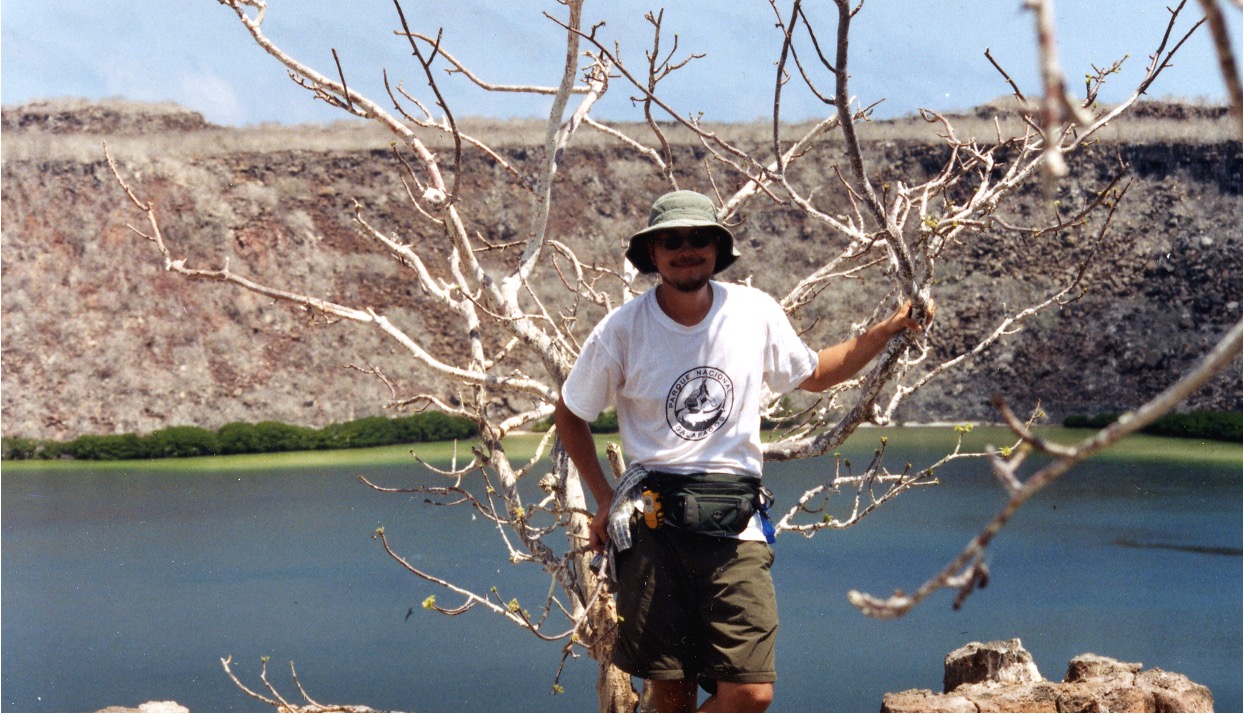
Abzhanov above the volcano crater lake in Genovesa on the Galapagos. Photo credit: Abzhanov’s personal archive
“We can watch evolution happening,” said Abzhanov, but global warming makes those swings happen faster than before. El Niño and La Niña cycles, once spaced about 11 years apart, now return every three.
El Niño years, characterized by massive rainfall, cause an abundance of flowers, grass and small seeds, favoring birds with smaller beaks. On the contrary, severe drought in the La Niña period is when birds with thicker beaks, which can the remaining crack hard seeds, survive.
From boyhood curiosity to the world’s best schools
Abzhanov’s fascination with the living world began early, when, as he said, insects seemed more interesting than human friends. That curiosity might have remained just a hobby if not for the encouragement of his parents, especially his father, who brought him books about nature.
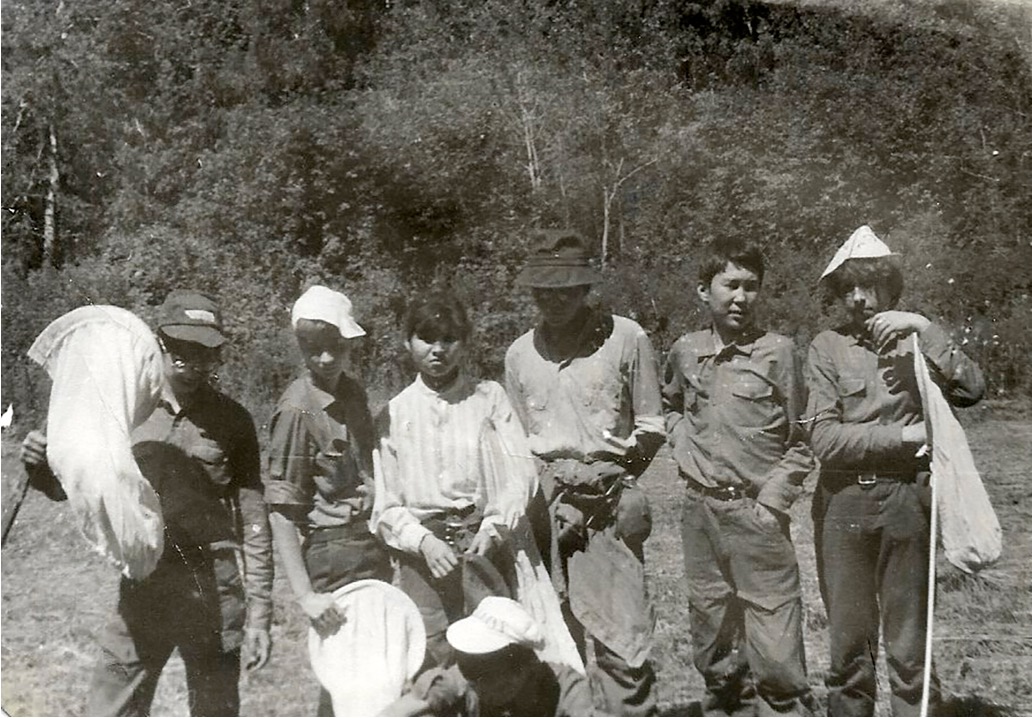
Since early childhood, Abzhanov took part in field expeditions. This photo is from an expedition to the Altay Mountains in eastern Kazakhstan in 1987. Photo credit: Abzhanov’s personal archive
Growing up in Almaty also gave him access to a diverse range of clubs for children interested in science. There, he found other children like himself, but most importantly, adults who could answer his endless questions.
Abzhanov studied at the Al-Farabi Kazakh National University. However, the Soviet Union’s collapse soon forced a choice: stay in a country with few resources for research or move abroad to continue to study science. Abzhanov left for the United States to study molecular biology, where he lived for more than a decade, before moving to the United Kingdom.
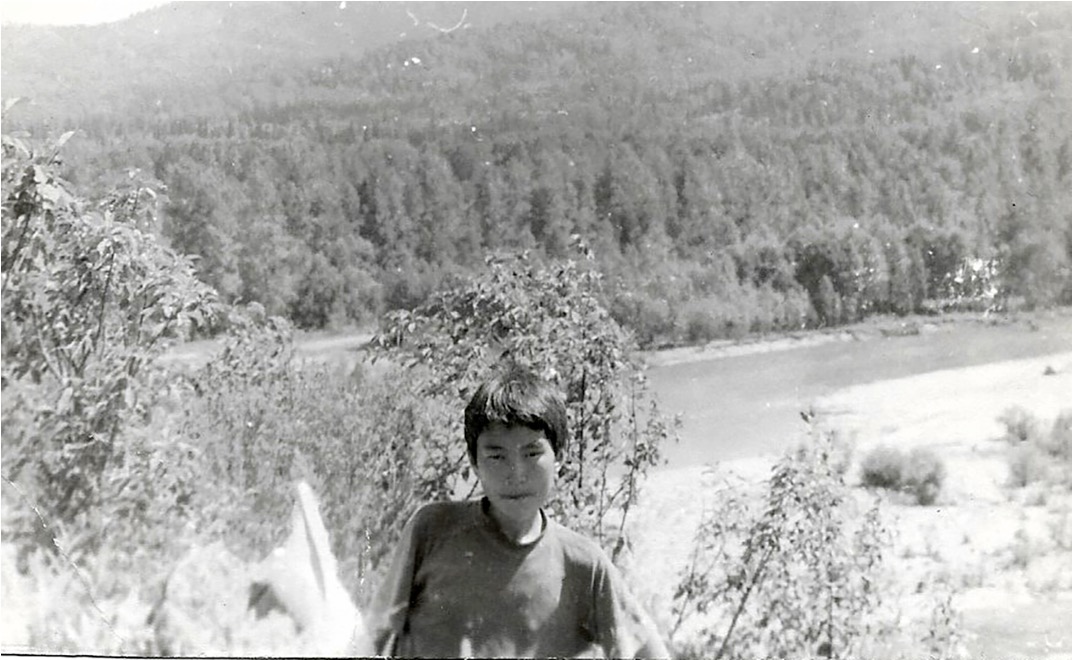
On the mountain top in the Altay Mountains. Photo credit: Abzhanov’s personal archive
From fruit flies to faces
During his Ph.D. at Indiana University, Abzhanov researched the Drosophila fruit flies, the famous genetics “model organism”Drosophila, in which genes can be manipulated by creating mutations, and observing the consequences in real time. In particular, he was interested to find out how genes controlled behaviour of cells and tissues during embryonic development to build organs such as legs, wings and eyes.
“Once we understood Drosophila, people like myself started looking outside to see how other interesting insects developed their distinct shapes. Because the idea here is that by understanding differences in their genetic programs, we can potentially explain how these different insects, like beetles, butterflies and flies, evolved,” he said.
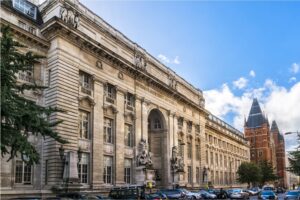
Imperial College London is one of the world’s leading universities inImperial College London is consistently ranked among the world’s best for science, technology, engineering, medicine, and business.
Abzhanov’s scientific journey eventually brought him to study craniofacial development, or the head, which he started to study as a postdoctoral fellow at Harvard Medical School in Boston, USA.
“Why the head? Because I think it is the most exciting part of the body. The head is literally thrusting forward during evolution. It encounters the most interesting things as the animal moves about!” he said.
He underscored that faces tell everything: whether an animal is a bird or a mammal, predator or herbivore, even its diet. However, the same complexity that makes a face so distinctive also makes it vulnerable to genetic errors, which can result in craniofacial conditions of varying severity.
According to Abzhanov, abnormal craniofacial conditions are associated with around 30% of genetic mutations in humans. Many arise in the embryo, when the skull is still forming, and require corrective surgery early in life.
“But at the same time, we also understand that the changes in this very genetic program which generates a normal face are what is behind evolution. What is normal for one species is often completely abnormal for another,” he said, emphasizing that the same genes that cause errors in humans can shape the diversity of faces across species.
Abzhanov noted that most of that variation is subtle, one that could be noticed among people riding with you on the same bus – in their eye color, hair structure, height, or weight. However, in other cases, the changes are more significant and disruptive, and all such variation both small and large serve as a “raw material for evolution.”
“Then, natural selection kicks in, and depending on the conditions – particular height, particular weight, particular color being more suitable for the existing environment – it can mean better survival and reproduction. This is how evolution works. But evolution needs this raw material. It needs these mutations,” he explained, “if our genetic program were perfect we would never evolve.”
Program of individual development
For Abzhanov, the key to understanding evolution lies in what he calls the “program of individual development,” a process of a single fertilized cell turning into a complete organism. Organisms can have billions of cells, which become part of dozens of tissues, such as muscle and bone, that combine into organs, such as a heart and skeleton, all of which need to form in the right place at the right time to form a functioning organism.
“It doesn’t happen by magic. It is happening because there is a self-assembly program. We have instructions on how to do that in our DNA, very detailed instructions. All of us have been built from scratch. Each of us have been built from a single cell,” he said.
“I am a trained developmental biologist, meaning that my main goal is to try to understand how this genetic program works,” he said.
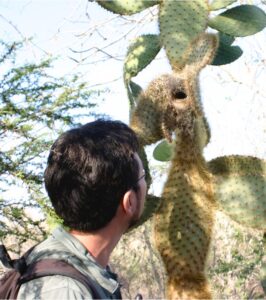
Photo credit: Abzhanov’s personal archive
When it comes to genetics, Abzhanov emphasized that not all genes carry the same weight. Humans have approximately 50,000 genes, but only around 1,000 of them are critical for development, including the formation of the brain. There is a complex genetic regulation program that knows exactly when to turn key genes on and off.
What surprised scientists early on, Abzhanov noted, is how deeply conserved those developmental genes are across species. The genetic toolkit that builds a fly, a mouse, or a human is largely the same.
However, differences stem not from the genes themselves but from how they are used.
“It is this very complex regulatory program that we are studying and mutations in this program can lead to abnormalities or evolution,” he said.
With advancements in medical technologies, doctors can sequence a fetus’s genome using a sample of amniotic fluid and scan for hundreds of already known mutations linked to developmental abnormalities, whether in the face, heart, liver, or brain. But there is yet no mechanism to fix them in humans.
Dual work
Abzhanov’s work spans not only Imperial College London but also the Natural History Museum, which boasts the world’s most extensive natural history collection of 80 million specimens, including living organisms and fossils.
He sees huge benefits from working both in the university and at the museum, as many of his projects begin in the museum’s natural history collection which was built over the past 400 years. Being part of the museum also provides an opportunity to collaborate with colleagues from around the world and bring students to work with the collections.
“That’s where a lot of our projects begin,” he added.
Bringing people from across disciplines
Abzhanov emphasized the importance of engaging specialists from various disciplines in the research.
“We work with applied mathematicians, we work with physicists who explore biomechanics, we work with people who study genomics. (…) We are basically trying to build a giant, beautiful jigsaw puzzle together. All of us have little pieces of the puzzle, and when we get together and fit them, we get to see the bigger picture,” he explains.
Challenges in modern genetics
Abzhanov acknowledges that one of the challenges in modern genetics is not collecting data but having better tools to make sense of it. This is where information technologies, artificial intelligence and machine learning might be helpful.
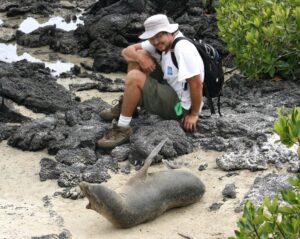
Photo credit: Abzhanov’s personal archive
Sequencing a genome, once expensive, now costs less than 100 pounds. The question is what one does with this information.
Another hurdle lies in how to apply this knowledge beyond laboratories to make improvements. For example, gene therapy, already demonstrated in mice, remains a distant but potential option for humans, as adapting those scientific advances to humans raises both technical and ethical questions.
“Then, there are concerns about genetically modified organisms, how safe they are for humans, and what their use means for ecology,” he said.
Commercial genetic testing
When asked about commercial genetic ancestry and medical testing that has become increasingly popular in recent years, Abzhanov said it can be meaningful if handled responsibly. With millions of people in the database and better tools for analysis, the question is how to interpret a genome correctly.
“It has to be a reputable source, because there are lots of companies, I imagine, especially these days, which can sequence your DNA. The question is how they do it, because there are many ways on how to do it properly, thoroughly, and analyzing it with the best and latest analysis tools,” he said.
Abzhanov himself turned to 23andMe more than 15 years ago, which linked him to Native American populations because the database was too small and these were the closest “relatives” available in the USA-based database.
Interestingly, when Abzhanov looks at his genome analysis now, the results align closely with what Kazakhs know from their oral genealogies that are passed down from generation to generation.
“This is where we are particularly lucky, because in Kazakhstan, we have our genealogies and these genealogies were passed on orally, but it turns out they are incredibly accurate,” he added. “However, one should know the history of his or her own family, but also his or her own nation, in order to properly interpret this information. Thus, your genome information can be extremely useful, and amazingly interesting, but it also requires you to learn more about history to properly interpret it.”
Future of genetics
There is a famous American dystopian movie called “Gattaca,” which shows a future society built on eugenics, where children are conceived through genetic selection to inherit only the best traits of their parents.
When asked whether the future of genetics could resemble the movie, Abzhanov said that parts of it are already within reach. Some technologies scientists use today were unimaginable a few decades ago.
Current knowledge about genetics is massive, fuelled by well-funded biomedical research. Much of that research involves mapping out human mutations, reproducing them in mice, and then developing appropriate genetic corrections… in mice.
“The challenge is to move it to humans,” he added.
Abzhanov said that there were some attempts to employ gene therapy in treating blood cancer. Doctors extract bone marrow stem cells, genetically modify them to remove the mutation, replace them with healthy genes, and reintroduce the healthy cells back into the patient after chemotherapy. “It is not permanently changing your genome, so it doesn’t cause the same ethical concerns,” he added.
The fault line appears when scientists consider permanent genetic change. “Where do you stop?” he said.
The same applies to the idea of designer babies, an embryo that has been genetically modified to produce a child with specific and desirable traits. All these advances, Abzhanov noted, will likely be available to groups with higher income, making inequality hereditary.
These discussions go beyond theory. In 2018, Chinese scientist He Jiankui claimed he created the world’s first genetically edited babies – twin girls to prevent H.I.V. infections in newborns. In 2019, a court in China sentenced the researcher to three years in prison.
